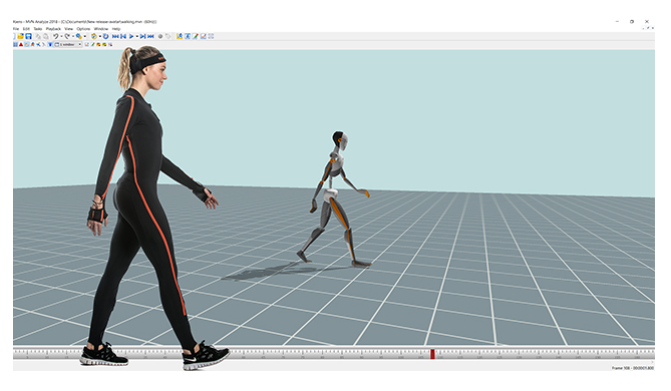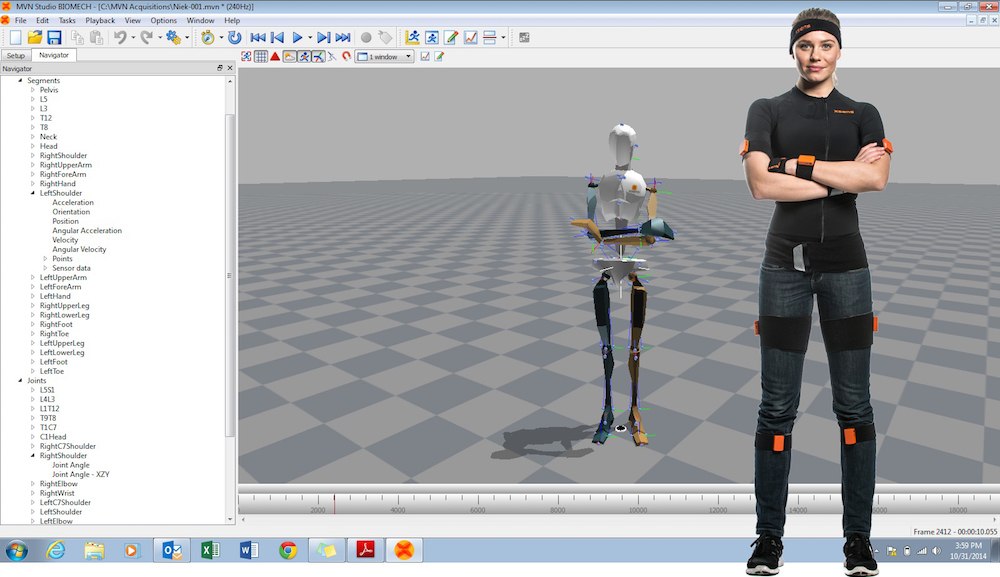CNR - Neuroscience Institute
 |
|
||||||||||||
| Presentation | ||
| The Institute of Neuroscience of Parma is a CNR (National Research Council) institute dedicated to the study of cognitive and social neuroscience. It comprises a diverse group of professionals, including neuroscientists, biomedical engineers, and psychologists, who actively collaborate to study how the motor system is involved in our cognitive functions. Among the main research lines is the study of the Mirror Neuron System in humans. |
||
| Main reserch lines | ||
|
The discovery of mirror neurons at the beginning of the 1990s triggered various lines of research investigating the role and functions of neural circuits that, from observing the actions of others, enable humans to understand the intentions and emotions of others (Mirror Mechanism). Among them there are: -Mirror Neuron System in humans |
||
| Techniques used | ||
|
Non-invasive neurophysiological techniques: electroencephalography (EEG); transcranial magnetic stimulation (TMS); functional magnetic resonance imaging (fMRI); tDCS neuromodulation Invasive neurophysiological techniques: intracranial recording and electrical stimulation in patients via stereo-EEG (in collaboration with the Claudio Munari Center, Niguarda, Milan) Behavioral techniques: virtual reality (VR); eye-tracking; kinematics |
||
| Main equipments available | ||
EEG: EGI 128-channels; BrainProducts 64-channels TMS: Magstim rapid2; Magstim bistim; Nexstim NBS5 VR: HTC vive pro eye; HTC vive; 14 Oculus quest 2. Cinematica: Xsens Motion Capture System
|
||
| Publications | ||
|
Del Vecchio M, Avanzini P, Gerbella M, Costa S, Zauli F.M, d’Orio P, Focacci E, Sartori I, Caruana F (2024). Anatomo-functional basis of emotional and motor resonance elicited by facial expressions. Brain. In press Presti P., Galasso G.M., Ruzzon D., Avanzini P., Caruana F., Rizzolatti G., Vecchiato G. (2023). Architectural experience influences the processing of others’ body expressions. PNAS. 120 (41) e2302215120. Nuara A, Bazzini MC, Cardellicchio P, Scalona E, De Marco D, Rizzolatti G, Fabbri-Destro M, Avanzini P. (2022). The value of corticospinal excitability and intracortical inhibition in predicting motor skill improvement driven by action observation. Neuroimage. 1:266:119825 Rizzolatti G, Fabbri-Destro M, Nuara A, Gatti R, Avanzini P. (2021). The role of mirror mechanism in the recovery, maintenance, and acquisition of motor abilities. Neurosci Biobehav Rev.127:404-423 De Marco D, Scalona E, Bazzini MC, Nuara A, Taglione E, Lopomo NF, Rizzolatti G, Fabbri-Destro M, Avanzini P. (2021). Observation of others' actions during limb immobilization prevents the subsequent decay of motor performance. PNAS. 118(47): e2025979118 Del Vecchio M., Fossataro C., Zauli F., Sartori I., Pigorini A., d’Orio P., Aberrategui B., Russo S., Mikulan E., Caruana F., Rizzolatti G., Garbarini F., Avanzini P. (2021). Tonic somatosensory responses and deficits of tactile awareness converge in the parietal operculum. Brain. 144(12):3779-3787 Caruana F., Gerbella M., Avanzini P., Gozzo F., Pelliccia V., Mai R., Abdollahi R. O., Cardinale F., Sartori I., Lo Russo G., Rizzolatti G. (2018). Motor and Emotional Behaviors Elicited by Electrical Stimulation of the Human Cingulate Cortex. Brain 141(10):3035-3051 |
 |
 |
|




